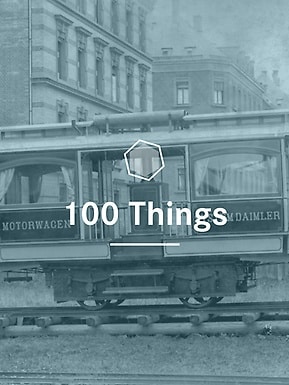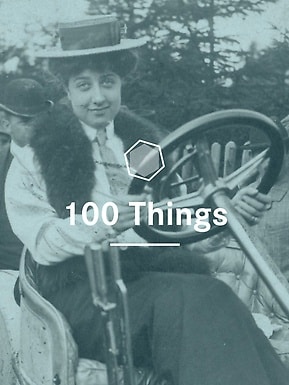Virtually every child in southern Germany knows that Carl Benz, one of the founding fathers of today's Mercedes-Benz AG, is considered the inventor of the automobile for his development of the Benz Patent Motor Car in 1886. With an output of 0.75 hp, however, Carl Benz's three-wheeler had little in common with today's cars, since it resembled nothing so much as a horseless carriage. In the same year Gottlieb Daimler presented a very similar invention to the general public – this was already a four-wheeler automobile, which he described accordingly as a Motor Carriage.
However, Benz's Patent Motor Car and Daimler's Motor Carriage did not only lay the foundation for the triumphant march of progress of the automobile, but also for other, related inventions: indeed, the trucks and buses that ventured onto the roads just a few years later can also trace their origins back to our two automotive pioneers.































